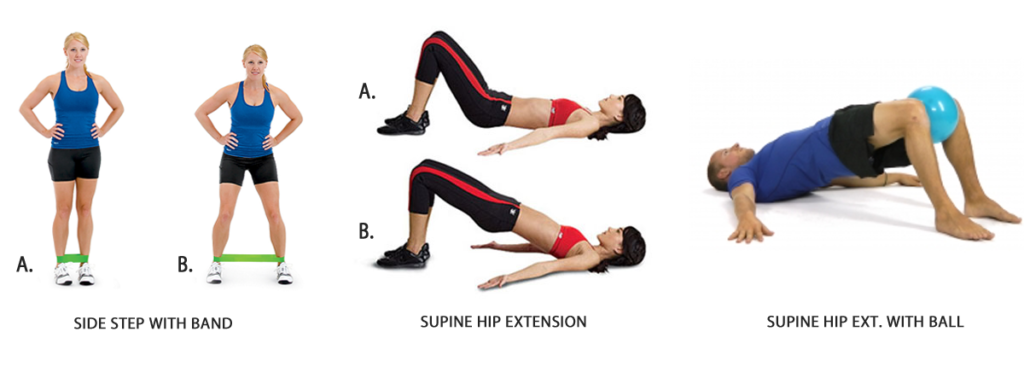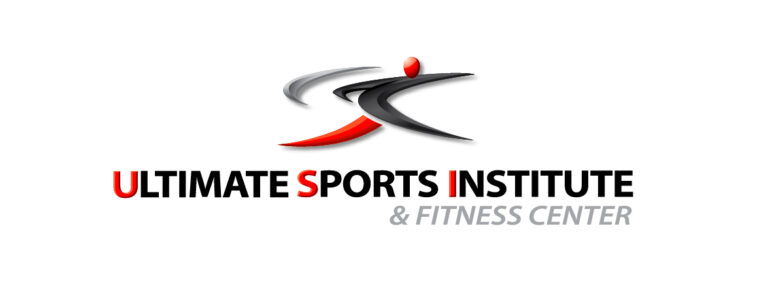by David Bush C.S.C.S, BS Exercise & Sport Science
Knee pain is unfortunately a common issue for both the workout enthusiast and beginner. Since lower body exercising (strength training, cardiovascular training) is crucial to any fitness goal, there is an increase risk of developing some kind of knee pain both during and/or after exercise. Fortunately, having a better understanding of common causes of knee pain and how to fix these issues can keep you active and moving for the long term.
Common Myths
Myth #1: The cause of your knee pain is your knee
Fact: more than likely the pain you are feeling at or around your knee is caused by a dysfunction at the hip or ankle joint resulting in overused or stressed tissue of the knee joint. For example, having a tight glute medius (muscle located on the outside of your hip) can create irritation of the IT Band resulting in referred pain at the knee.
Solution: try performing some soft tissue massage work like foam rolling on your Glute Medius, IT Band, and Quadriceps group

Myth #2: Leg Extensions are good for knee pain
Fact: Strength training and proper flexibility exercises can cure knee pain but it should be done without causing further irritation of the knee. Full range leg extension exercises can put harmful stress on the patella tendon resulting in more knee pain.
Solution: before attempting to strengthen your knee muscles:
1. Perform a low-impact warmup using a stationary bike or spin bike on low tension
2. Try some soft tissue massage using a foam roller on your hip, quads, IT band, hamstrings
3. Instead of machine exercises try more functional exercises like “Supine hip extensions”, “Band side-steps”, and “Adductor Strengthening” work (pics below). These exercises help strengthen important knee stabilizers that can decrease pain.
Myth & Fact: I should train barefoot to fix my knee pain
In some cases, training barefoot could help ease knee pain by strengthening specific muscles but in most cases your feet are the direct cause of your knee pain; and if you have a flat or low arch foot, training barefoot may only increase your pain.
Having a flat foot or “collapsing” arch leads to overpronation at the ankle resulting in an inward shift of the knee while walking, squatting, lunging, etc. This inward shift of the knee can create excessive stress and irritation/inflammation at the patella tendon or surrounding knee structures.
Solution:
For minor knee pain, proper shoes may diminish the pain by protecting and supporting the arch of your foot. Choose shoes that feel stable and strong on each side, front to back, and have arch support in the sole.
For chronic pain it is recommended to see an orthopedic specialist for the diagnosis of knee pain. USI recommends the specialists at the South Florida Institute of Sports Medicine (954)389-5900


